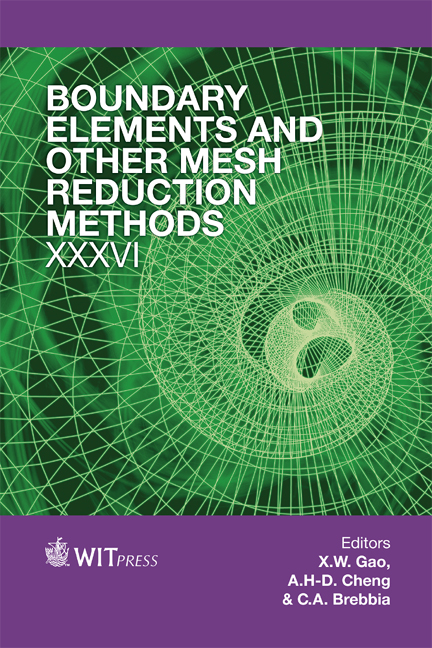A Comparative Study Of Time Domain BEM For 3D Elastodynamic Analysis
Price
Free (open access)
Transaction
Volume
56
Pages
12
Page Range
503 - 514
Published
2014
Size
1,032 kb
Paper DOI
10.2495/BEM360411
Copyright
WIT Press
Author(s)
Yuan Li & Jianming Zhang
Abstract
In recent decades, intensive research efforts have been oriented towards the boundary element method (BEM) for 3D elastodynamic analysis, and a wealth of literature has been published. Many methods of improving the numerical stability of the time domain BEM have been proposed. These methods can be categorized into three groups: the linear method, the new fundamental solution method, and the convolution quadrature method. In this paper, we carried out a comparative study of these methods theoretically and numerically. Three typical methods, each of which represents the methods of the three groups respectively, have been selected and implemented. And an example problem of wave propagation in a 3D slender beam has been solved by the three methods separately. Results demonstrated that the convolution quadrature method outperforms the others with respect to both stability and accuracy. Keywords: time domain BEM, transient elastodynamic analysis, numerical stability.
Keywords
time domain BEM, transient elastodynamic analysis, numerical stability





